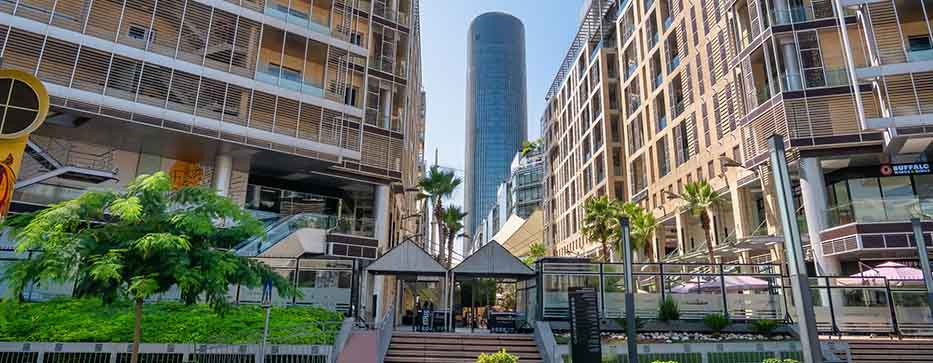Traveling to a country is the best way to get to know its monuments and natural attractions, but it is also an interesting way to get closer to its economic reality. Which sectors contribute the most to the national GDP? What is your dependence on tourism? You will find the answer to this and other questions on this page about the Jordan’s economy, where we focus on macro data that will help you know its situation, both specifically and in relation to its neighbors in the Middle East.
Despite being considered one of the most stable countries in the Middle East, the instability and uncertainty of its neighbors negatively influence Jordan’s economy, for different reasons.
First, because of the fall in exports to these countries, such as Iraq or Syria, whose internal problems have hindered their economic growth and their demand for Jordanian goods and services. Secondly, because of the waves of refugees arriving in Jordan and compromising the country in terms of social assistance and resources. And thirdly, because of the possible ‘contagion effect’, which translates into less foreign investment due to a certain distrust.
That has led to a slowdown in the growth of Jordan’s economy since 2011., which peaked in 2010 at almost 6.5%, but a few years later was reduced to 2%. And as a result, the country has been forced to request foreign aid, specifically support programs from the International Monetary Fund.

Jordan’s economy is mainly based on services (75.5% of GDP), while the contribution of industry remains at 19.6% and agriculture accounts for 4.9% of the total.
Two factors explain the relatively low weight of industry and agriculture in Jordan’s economy.. In the first case, it penalizes the lack of reserves of natural resources for energy production: it has no oil, unlike its Gulf neighbors, and it does not have natural gas either. And in the second case, the extreme aridity of the Jordanian territory means that only 10% of its surface is arable, concentrated mainly in the north of the Jordan Valley.
However, these are the main sectors or products strategic to Jordan’s economy, and their corresponding contribution to the national GDP:
Beyond these specific sectors, we can mention one of a transversal nature: luxury, which has a prominent presence in the country. Although it may not have the strength of other Arab countries, such as the United Arab Emirates or Qatar, the truth is that its monumental and natural attractions, combined with exquisite Jordanian hospitality, encourage many premium travelers to set their eyes on this country. Therefore, there are exclusive resorts and high-end services in destinations such as Aqaba or the Dead Sea.
To understand what the situation of the country’s economy is, we collect here some macro data provided by the Embassy of Spain in Amman:
However, some of this data may be somewhat distorted by the impact of the Covid-19 crisis on Jordan’s economy, which caused a sudden halt for several months due to the confinement of the population and the drastic reduction of international visitors.
Fill out the form below to receive a free non-binding quote tailor-made by a specialized agency in Jordan.
DMC travel agency specializing in tailor-made trips to Jordan
Mandala Tours, S.L, NIF: B51037471
License: C.I.AN-187782-3
Hello!
Contact one of our travel advisors for commercial assistance.
